Optimal Timing for Windows Installations
Understanding the optimal time for Windows installations can enhance system performance and minimize disruptions. Proper timing ensures compatibility with other scheduled tasks and reduces potential downtime.

Spring offers moderate temperatures and longer daylight hours, making it an ideal period for system upgrades.

Summer may present challenges due to higher temperatures, but early mornings can be suitable for installations.
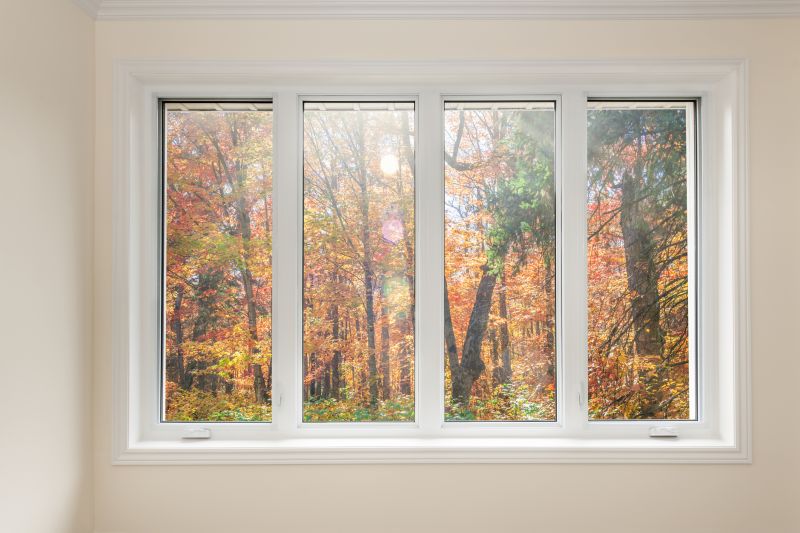
Fall provides cooler weather and less interference with holiday schedules, suitable for planned upgrades.
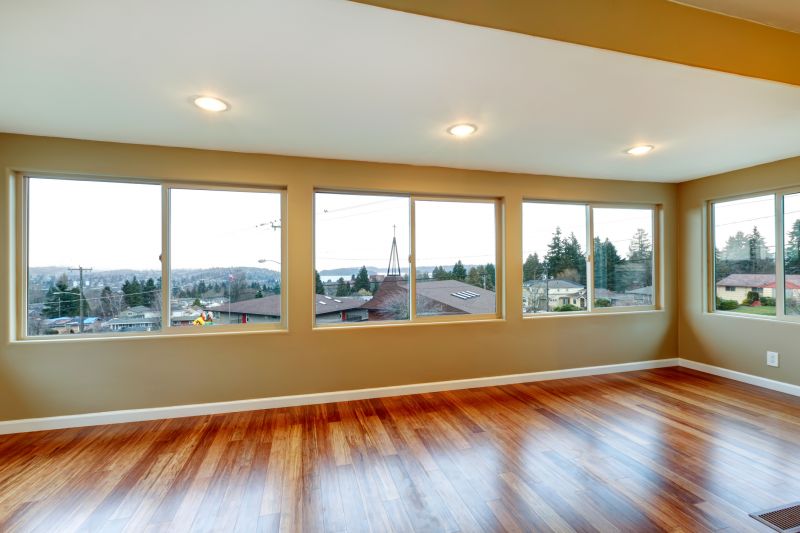
Ways to make Windows Installations work in tight or awkward layouts.

Popular materials for Windows Installations and why they hold up over time.
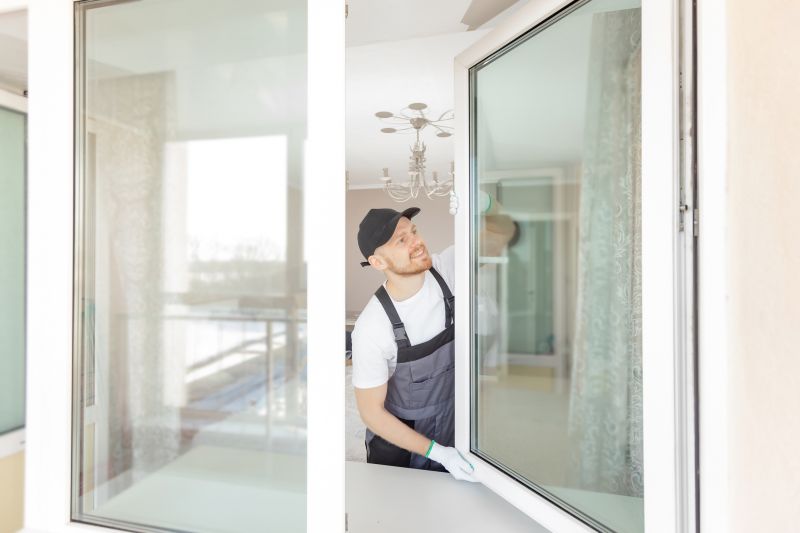
Simple add-ons that improve Windows Installations without blowing the budget.
Scheduling during periods of low activity minimizes disruptions and allows for thorough testing.
Temperature and humidity levels can affect hardware performance during installations.
Advanced planning ensures compatibility with other scheduled maintenance and reduces downtime.
Perform installations outside of peak operational times to ensure smooth transitions.
Windows installations are a critical component of maintaining optimal system functionality. Proper timing can prevent data loss, reduce system conflicts, and ensure compatibility with existing hardware and software. Statistics indicate that scheduling during off-peak hours can decrease installation-related issues by up to 30%. Additionally, performing updates during periods of low network traffic can improve download speeds and reduce interruptions.
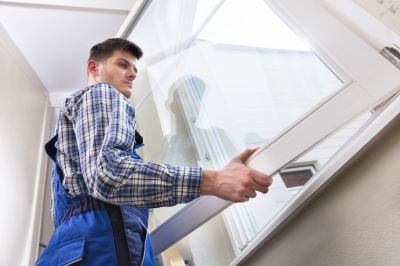
Early mornings often provide cooler temperatures and less network congestion, ideal for installations.
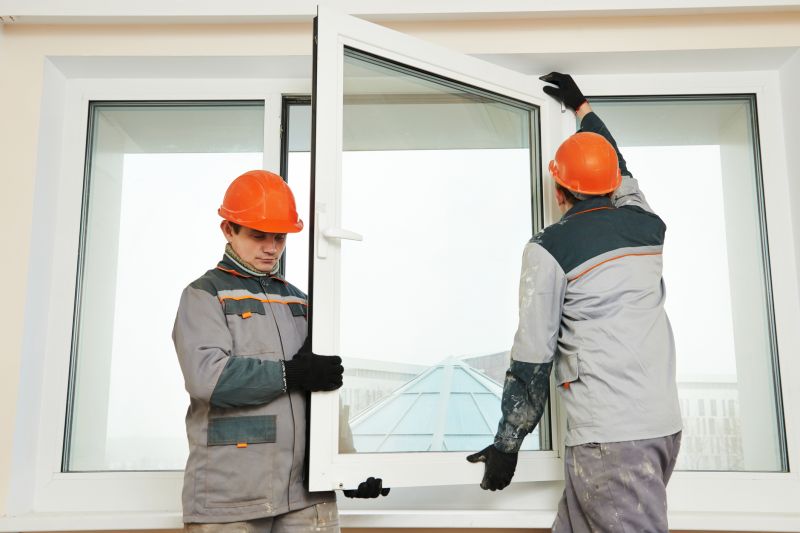
Scheduling midweek avoids weekend or holiday disruptions, ensuring availability of technical support.

Late evening or after-hours installations can minimize impact on daily operations.

Performing installations during off-peak seasons reduces the risk of scheduling conflicts.
| Season | Recommended Timing | Considerations |
|---|---|---|
| Spring | Late March to May | Moderate temperatures, longer days |
| Summer | Early mornings or late evenings | High temperatures, potential heat stress |
| Fall | September to November | Cooler weather, fewer holidays |
| Winter | Avoid during coldest months | Temperature-sensitive hardware risks |
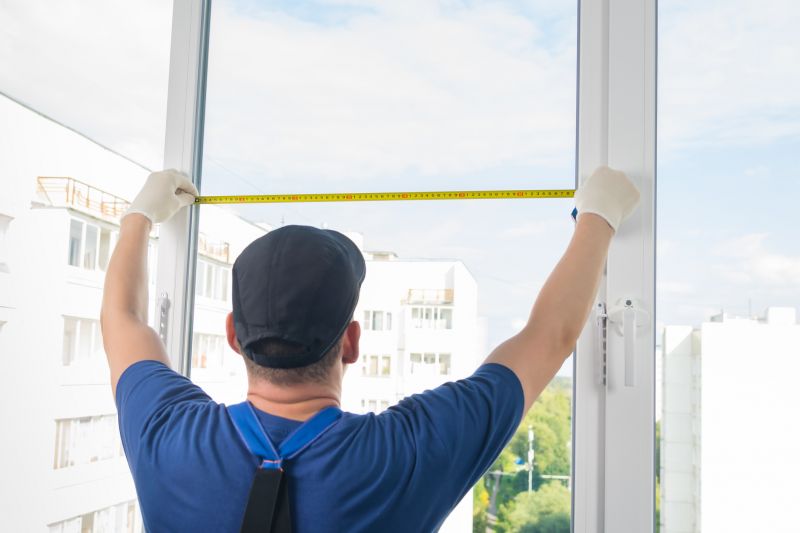
Careful scheduling reduces operational disruptions.

Temperature and humidity influence hardware performance.
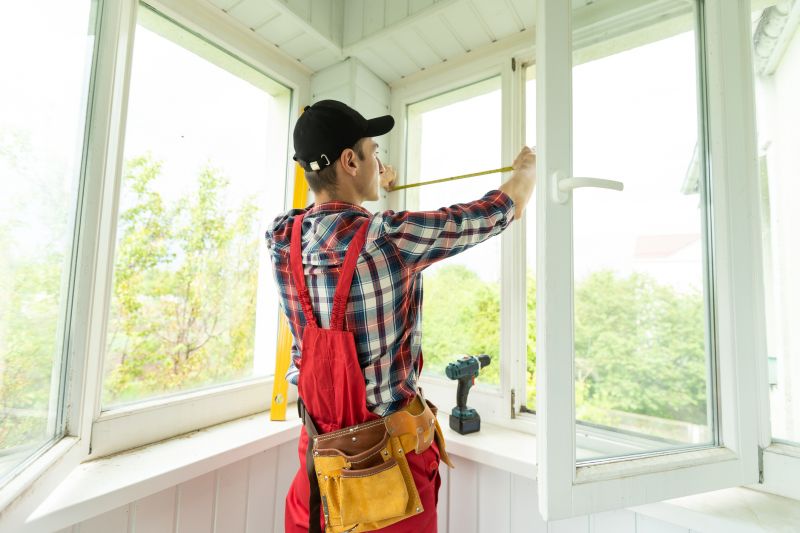
Timing installations outside peak hours minimizes business interruptions.
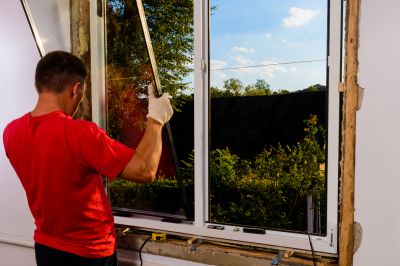
External weather impacts outdoor or external hardware setups.
Selecting the appropriate timing for Windows installations can significantly reduce operational risks and improve system stability. Proper planning and consideration of environmental and operational factors contribute to successful updates. If interested in scheduling Windows installations, filling out the contact form can provide tailored timing recommendations based on specific needs.

